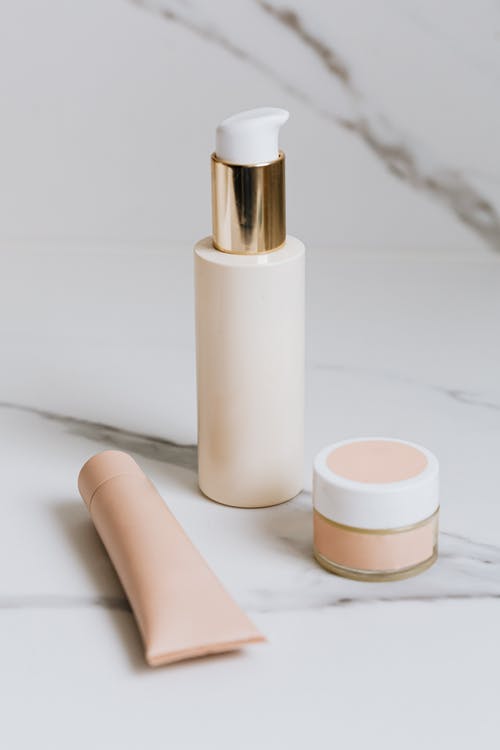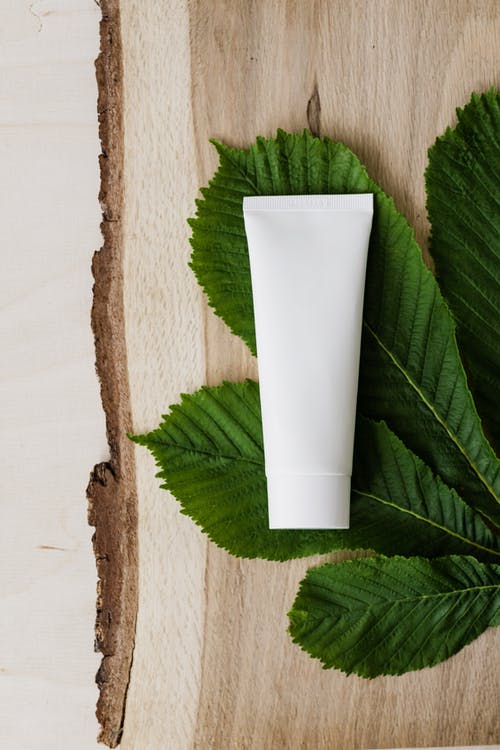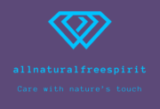Making your own commercial-grade body lotion is a great way to save money and get the perfect consistency and scent for your needs.
The process is relatively simple and only requires a few ingredients that you can find at any store. For a full tutorial on how to make commercial body lotion continue reading!
Body lotion making is a lucrative industry, with an annual revenue of over $11 billion in the United States.
This is because body lotion is a basic necessity for most people, as it helps to keep skin hydrated and looking young and healthy.
However, the good thing is that you don’t need to invest in a factory or lab to make your own high-quality body lotion.
In fact, you can make a great commercial-grade body lotion right at home with just a few ingredients.
This blog post will discuss the ingredients and steps needed to make your own commercial-grade body lotion.
How To Make Commercial Body Lotion

Commercial-grade body lotion is something that many people desire, but few know how to make.
The recipe for this type of lotion is not difficult, but it does require some specific ingredients and a bit of patience. The following is a guide on how to make commercial-grade body lotion from home.
What You will need:
The main ingredients in most body lotions are water, oil, and emulsifiers. The ratios of these ingredients determine the final consistency of the product.
In general, a higher percentage of oil will result in a thicker lotion, while more water will produce a thinner product.
To make commercial-grade body lotion, you will need:
- Coconut oil
- Carrier Oils of your choice (almond/jojoba/any other liquid oil)
- Beeswax Pellets as the emulsifiers)(optional, but recommended)
- vitamin E oil (optional)
- Distilled or Purified water
- Essential oils for Fragrance (optional)
- Preservative (optional, but recommended)
Read: Body lotion recipe

Tools you will need:
- Measuring cups/ Scale
- Mixing bowls
- Microwave-safe container or double boiler
- Hand mixer/blender /food processor (optional)
- Spatula
- Storage container(s)
Instructions: How to Make Commercial Body Lotion
Step 1:Prepare Your Oils
Once you have chosen the oils and butters you want to use, weigh them out using a scale or measuring cup. This will ensure that your body lotion is correctly balanced.
The oils you choose will determine the consistency of your body lotion. Heavier oils, such as cocoa butter or shea butter will result in a thicker lotion.
If you prefer a lighter lotion, you can use a thinner oil such as grape seed oil or sweet almond oil.
Common oils and butters used in lotions include jojoba oil, almond oil, shea butter, and cocoa butter.
Read: Non-greasy shea butter lotion recipe

Step 2:Melt The Oils And Butters
The second step is to melt the butters, and The base of most body lotions is either water or oil. For a commercial-grade product, we recommend using oil.
You can use any type of oil you like, but we suggest a carrier oil such as jojoba, sweet almond, grapeseed, or avocado.
Once you have weighed out the ingredients, it is time to start making your lotion.
Begin by heating the oils and butters in a saucepan over low heat. Do not let the oils get too hot, or they will start boiling.
If you are using a microwave-safe container, place the oils and butters in it and microwave on low heat until melted.
If you use a double boiler, place the oils and butters in the top pot and heat over medium heat until melted.
Once the ingredients are melted, remove them from the heat and let them cool slightly.
Step 3: Add the Beeswax Pellets
Next, meltdown the beeswax pellets until they are in liquid form. Then slowly add it to the melted oil, stirring constantly. Beeswax is an excellent emulsifier and helps to keep the lotion from separating.
To get the desired consistency, keep adding some water while stirring until you get the right feeling. Be sure to continue stirring until the mixture is completely smooth.
Read: Body butter formulation pdf
Step 4: Add the Fragrance, Vitamin E, and preservatives (if desired)
Once the beeswax is mixed in, add the fragrance oil and vitamin E oil. Stir until everything is mixed in and there are no lumps.
Be careful not to add too much, or the scent will be overpowering. Start by adding a few drops, and then add more until you reach the desired scent.
Finally, add the preservatives (if using), and stir until they are well mixed in. This will prolong the lotion shelf-life for up to 18 months.
Step 5: Bottle and Label
Once the lotion is mixed and smells the way you want it to, pour it into a jar and let it cool.
For packaging, it’s advisable to use glass jars for packaging because they look pretty and make the lotion feel a bit fancier. However, you can use any type of container you want.
Be sure to come up with a nice label that will make your lotion look professional. This is the final touch that will make people want to buy your product.
Frequently Asked Questions about Commercial Body Lotions
Can I Make My Own Lotion And Sell It?
Yes, you can make your own lotion and sell it. However, you will need to research what ingredients are allowed in lotion and make sure to follow all the regulations.
What Type Of Container Should I Use?
You can use any type of container you want for your lotion. However, glass jars look prettier and make your product look more professional. You can always find different types of packaging containers on Amazon and other online stores.
How Long Does Homemade Lotion Last?
Most homemade lotions will last for six months to a year. However, you can extend the shelf life of your lotion by adding a preservative to it.
Now that you know how to make commercial-grade body lotion, you can customize it however you like. You can choose different oils or scents to create a product that’s perfect for you.
With just a little bit of effort, you can have a high-quality body lotion that rivals anything you would find in stores. So what are you waiting for? Start making your own today!

